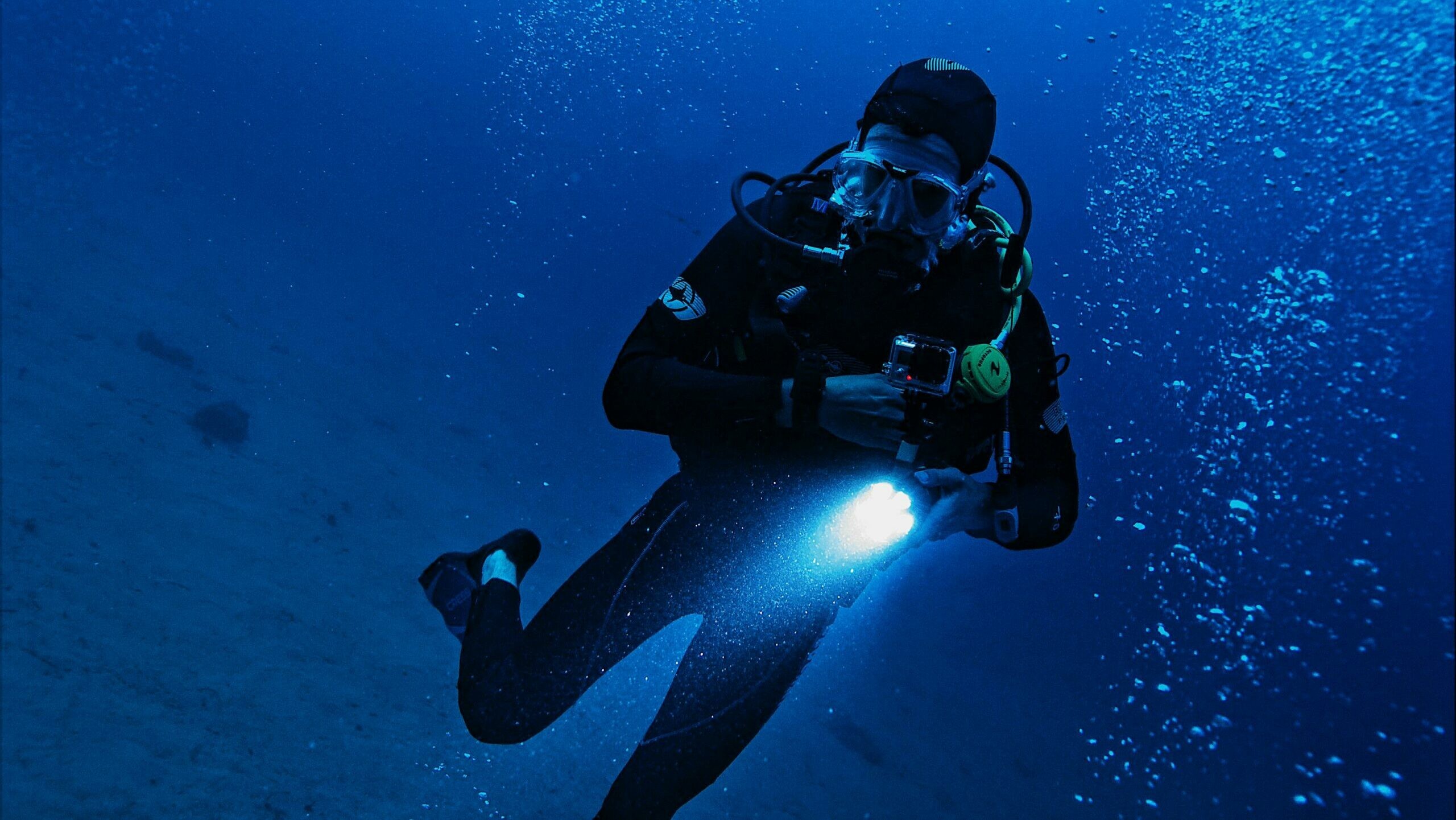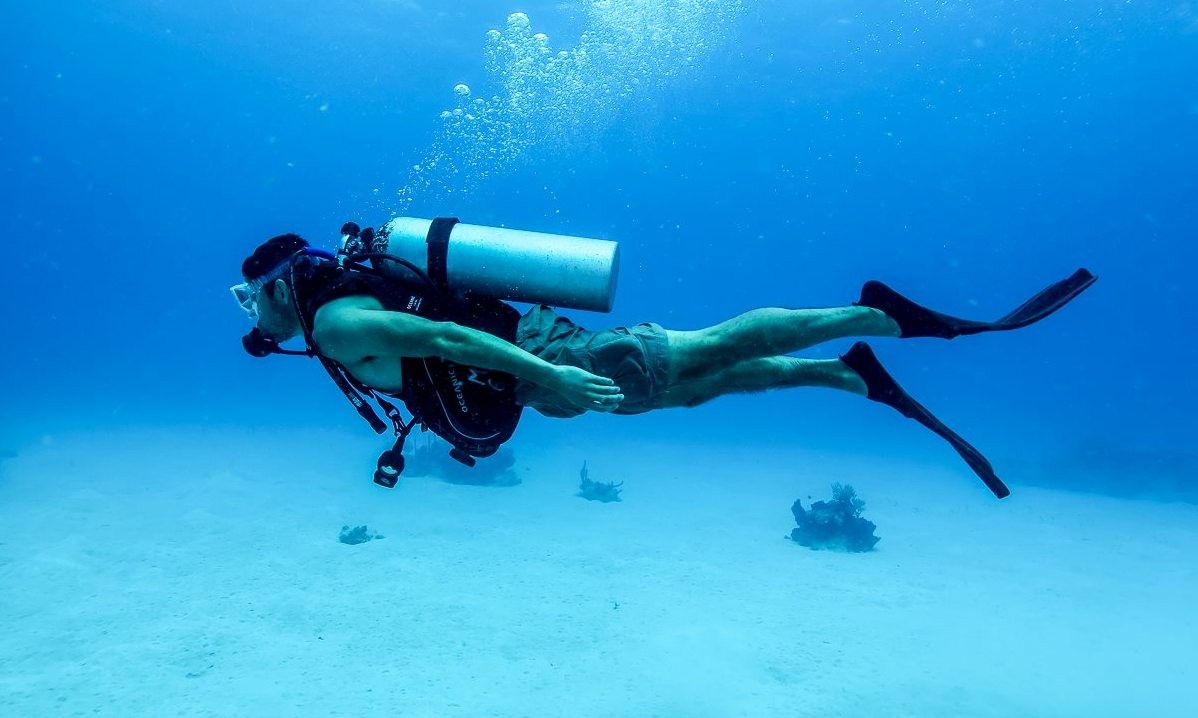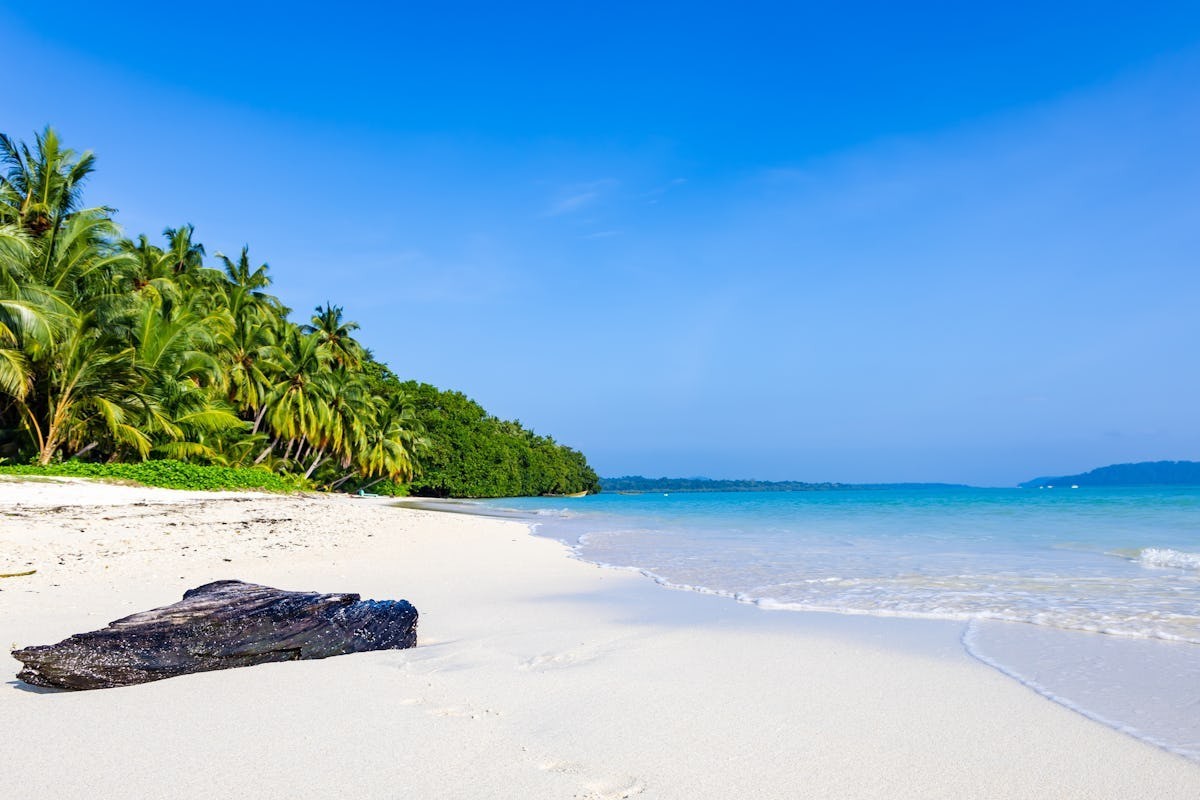Diving Sites in Port Blair



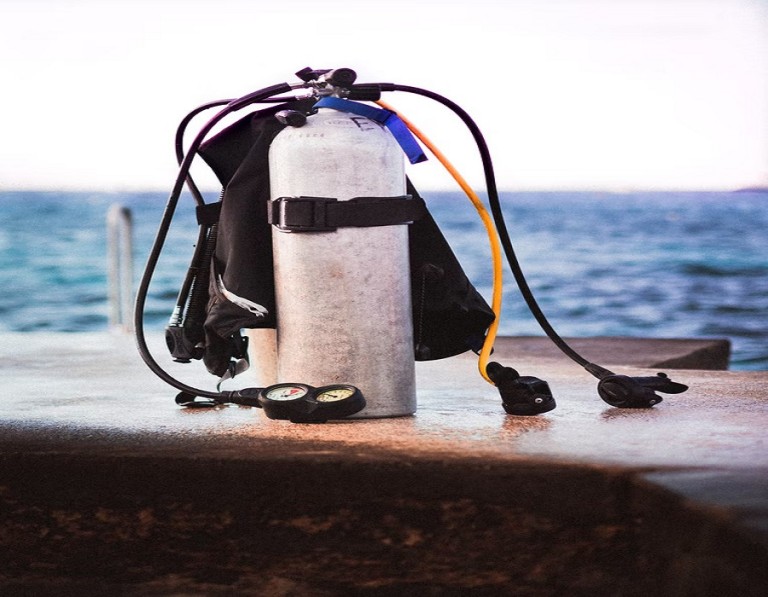
-
Aug 08, 2022
When we start exploring the underwater world by scuba diving, we get to know what we should do before and after our dive. But it is equally important to know what we should not be doing after diving. Along with new divers, these things should be kept in mind by seasoned divers as well.
A great deal of preparation along with various safety checks are required before you go scuba diving. During the open water certification, the procedure is explained and practised many times. However, even after your dive, there are a few safety parameters that you should keep in mind. In this article, we explain the things that you should never do immediately after scuba diving:
Taking a Flight
One of the most widely known risks to scuba divers is flying after scuba diving. This is a common issue since people want to make the most of their vacations and also want to take full advantage of diving while they can. The pressure inside the aeroplane’s cabin is the main reason for this. When you reach altitude, the air pressure inside the cabin lessens. When you catch a flight right after diving, the rise in altitude results in a pressure drop. This is similar to a fast ascension while diving.
The longer and deeper you dive, the more nitrogen is absorbed into your blood. When you return to the surface, the pressure reduces and the nitrogen returns to gas bubbles. This can be pretty risky when inside the body. The nitrogen should pass back out through the lungs. So decompression needs to be done slowly. The nitrogen can form bubbles in your blood if you ascend too quickly. This can be painful and possibly fatal. In simple language, think about opening a bottle of soda after it’s been shaken.
The nitrogen in your blood will be reduced if you wait the correct amount of time before flying. Generally, one should wait for 24 hours before flying after scuba diving. It includes all types of dives and also adds extra time as a safeguard for complete peace of mind.
Mountain Climbing
Driving or hiking to the top of a 10,000 feet (3,048 meters) mountain puts you at the same risk for Decompression Sickness (DCS) as taking a flight. In an average commercial jet, cabin pressure is equivalent to being at 1800–2400 metres/6000–8000 feet above sea level. Just like stimulated altitude puts you at risk for DCS. Being at altitude is also dangerous. However, scuba diving is done at altitudes also for which there are special dive tables to follow. This type of diving is known as altitude diving.
In the first 24 hours after a dive, you should avoid mountain climbing. In case you have included both scuba diving and mountain climbing in your travel plans, then go mountain climbing first in order to avoid any potential DCS risk. Climbing before a dive is perfectly safe and it is an easy solution to stay safe.
Ziplining
As an adventure activity, ziplining is fine. However, altitude is a concern. Before booking, confirm the altitude of your ziplining destination. Usually, this activity is performed on a mountain or elevated area. Thus, it should be avoided for 24 hours after scuba diving due to the altitude. This will help you in steering clear of Decompression Sickness (DCS) and you can enjoy ziplining without any worry.
Deep Tissue Massage
According to Divers Alert Network (DAN), “massage has not been confidently associated with…cases of DCS…” Deep tissue massage should be avoided, but a gentle relaxation massage is fine. The concerns with deep tissue massage are as follows:
- Increased blood flow might lead to bubble formation.
- Muscle soreness may lead to misdiagnosis (or delayed diagnosis) of DCS
After scuba diving, one should stay away from deep tissue massages for at least 12 hours.
Relaxing in a Hot Tub
There is an increased chance of bubble formation as the body warms up and circulation improves. According to DAN, “Since the solubility of gas is inversely related to temperature, tissues will hold less in solution as they warm. Warming tissue with significant loads can promote bubble formation. Since the warming of the superficial tissues precedes the increase in blood flow, such bubbles can become problematic before the circulation can remove them harmlessly”.
After scuba diving, one should stay away from hot tubbing for at least 12 hours.
Excessive Drinking
After scuba diving, your body will need some time to revert the nitrogen that was absorbed into your blood. So you should avoid anything that can interfere with the process of elimination of nitrogen from your body. Indulging in drinking means that your body will start to dehydrate faster and you may suffer from decompression sickness. In addition to that, if you have had many drinks and are impaired, then it becomes difficult to diagnose the symptoms of decompression sickness. DCS can be fatal if the symptoms are not identified quickly. You should wait a few hours and hydrate prior if you are willing to drink after scuba diving.
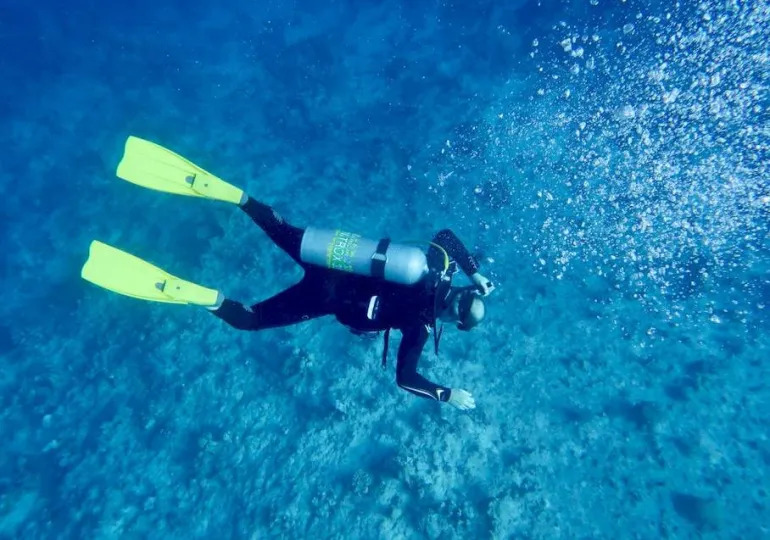
Freediving
In case you are a scuba diver as well as a freediver, then you can apply the flying after scuba diving guidelines:
- Wait 12 hours before freediving after a single no-stop dive
- Wait 18 hours after multiple no-stop dives, or dives over several days
- Wait 24 hours after a dive requiring a decompression stop.
- Wait longer if directed by the manufacturer of your dive computer.
Usually, it is recommended that you should wait for 24 hours before freediving after any type of diving. It includes all types of dives and also adds extra time as a safeguard for complete peace of mind.
We understand that it is a long list of things that you cant do. However, there are a number of things that you can do after scuba diving. Explore the low-altitude region, hang out with your travel companions, meet new people, explore the culture of the place, and simply kick back and relax.
Are you ready to book your next diving vacation in India? The Andaman and Nicobar Islands is the best destination across the country. Havelock Island (now known as Swaraj Dweep officially) is the most sought-after diving destination here. It is home to rich marine life that is rare to be found anywhere else. The island has a number of great diving spots. Its aquatic life is something that is rare to be found anywhere else.
The best scuba diving spots in Havelock Island are as follows:
- Barracuda City
- Turtle Bay
- Seduction Point
- Mac Point
- Aquarium
- The Wall
- Minerva Ledge
- Pilot Reef
- Lighthouse
- M4
- Jackson’s Bar
- Jonny George
- Broken Ledge
- Dicksons Pinnacle
- Whitehouse Rock
- MV Mars
- Red Pillar
- The Slope
- Purple Haze
- S.S. Inchkett
In India, Andaman Island is the best place that provides scuba diving experience and certification courses. Of all the places, Havelock Island has the most advanced scuba diving facilities. The crystal-clear water of its beaches makes underwater sighting even easier. The experience of scuba diving on this island is a memorable one. The underwater marine life surrounds you so closely that you can literally touch it (but you are not supposed to!). The resorts on this island offer scuba training and gear lending as per your requirements.
Looking for surreal natural surprises? Your search ends at Havelock Island! Let us tell you why- thriving biodiversity, unexploited coral reefs, white sandy beaches, and adventurous experiences are a few reasons among numerous of them. It has some of the most scenic spots for travel and nature lovers. This archipelago is visited by people from all over the world to uncover and explore its jewels. The entire island is amazingly gorgeous but there is one place that nature lovers and beach bums never miss- Havelock Island. It is known for some of the most unique sights. If Andaman Island is a crown, then Havelock Island is its most precious gem!
Andaman Island has a number of scuba diving centres from where you can get your PADI certification (basic and advanced levels). But to go for your first fun dive, you don’t need any kind of certification. If you don’t know swimming, even then it is absolutely fine. So what are you waiting for? The miraculous natural marine life under the enchanting waters of the island is waiting for you. Scuba diving is the best water activity in the world, and doing it for the first time in Havelock Island would be an experience of a lifetime for you.
How to Reach Havelock Island?
You can reach this island by sea as well as by air. However, the best and the easiest way to travel would be by sea. Private and Government ferries operate from Port Blair and Neil Island, which are neighbouring islands. Booking from private ferries is stress-free and you don’t need to wait in long queues. These are the lifeline of the Andaman Islands as they connect so many islands with each other.
Diving Sites in Port Blair
Diving Sites in Havelock Island
Diving Sites in Neil Island
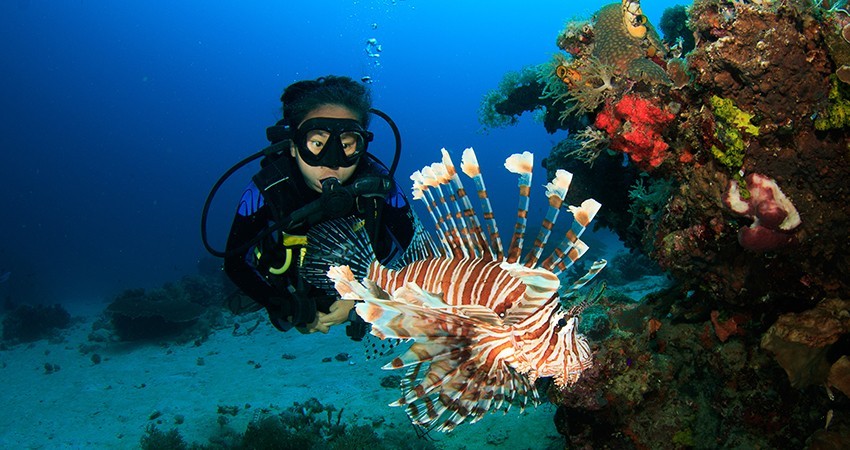
.jpg)
